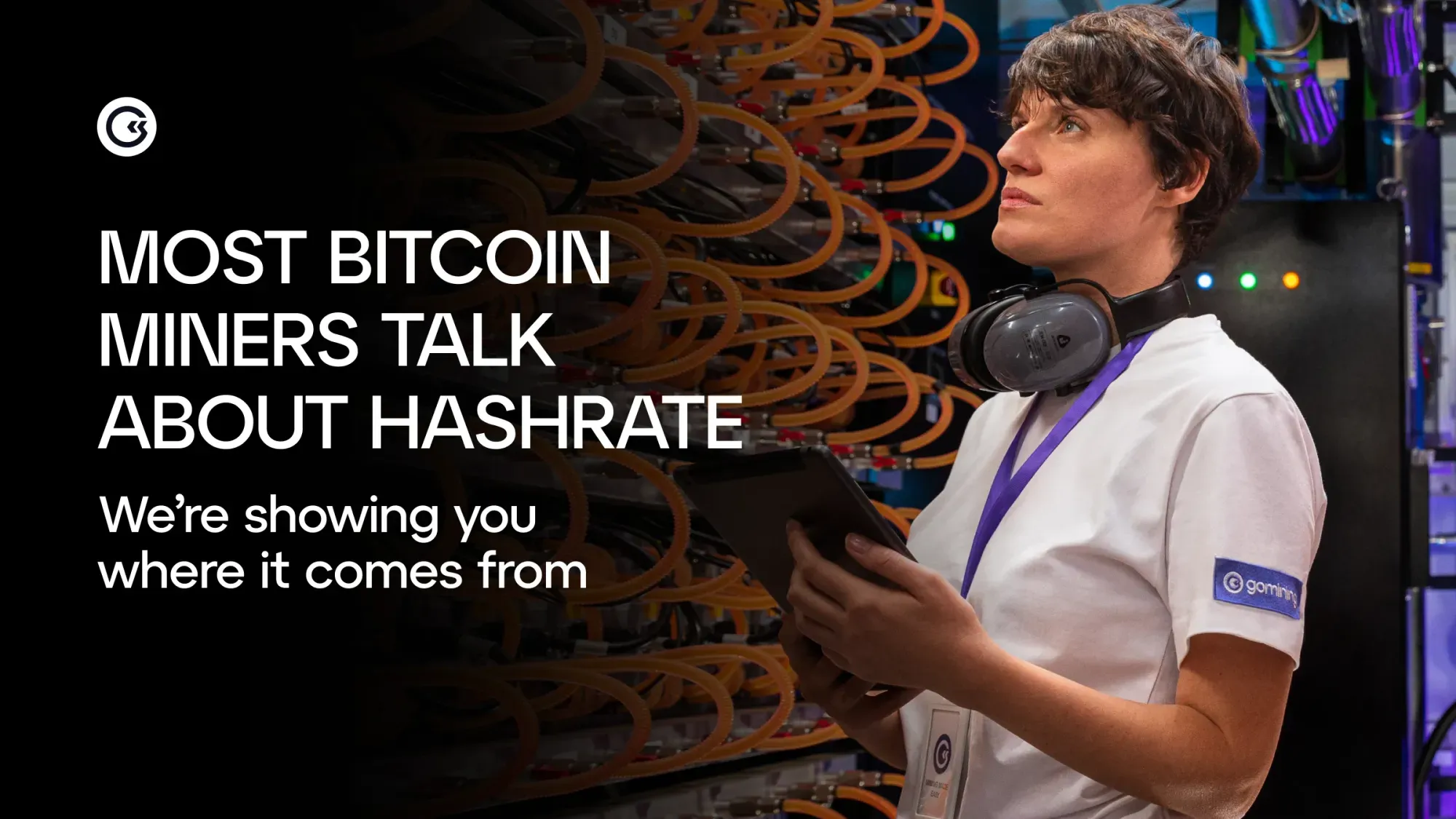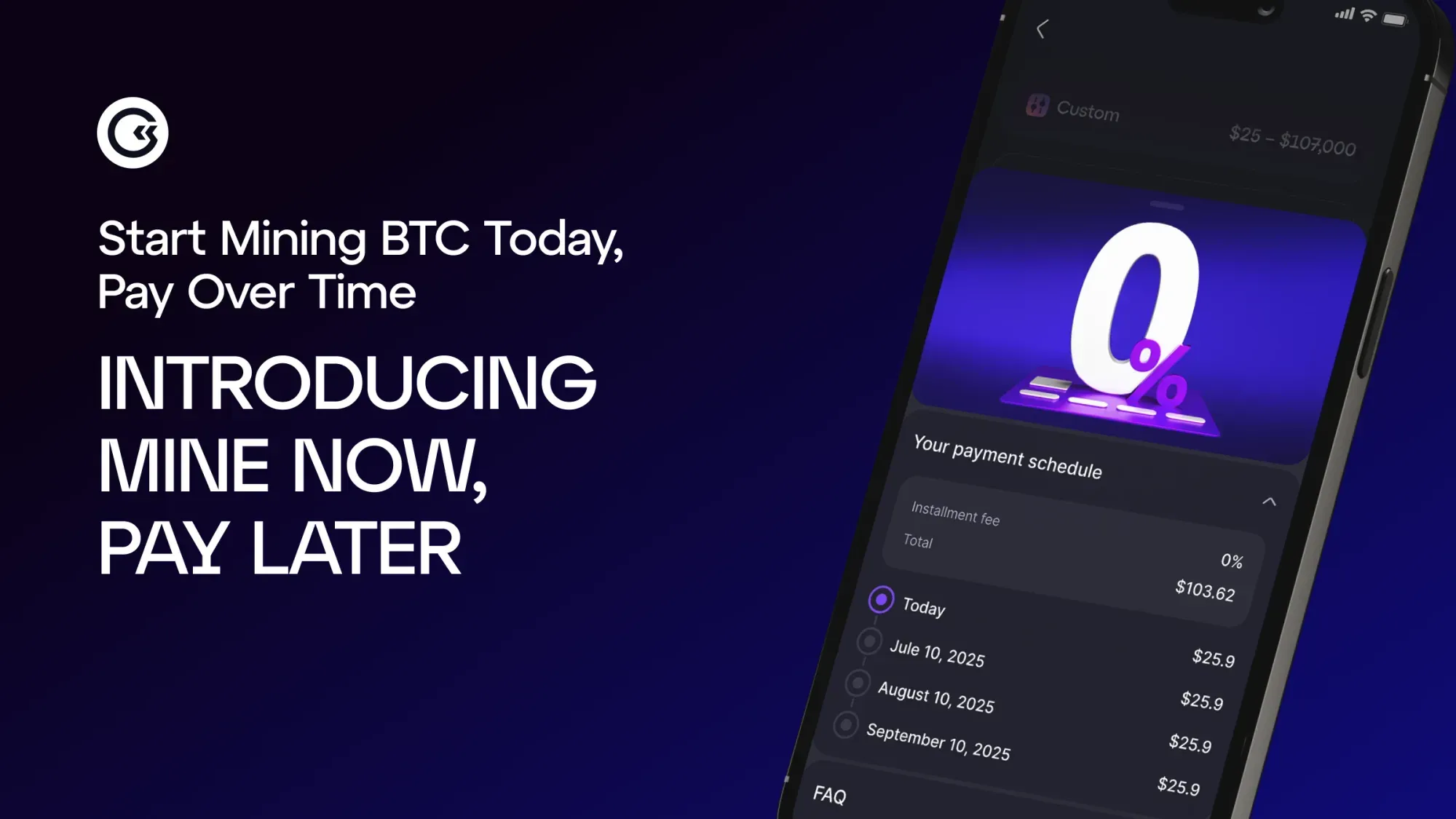대부분의 마이너들이 설명하지 않는 해시율 문제
해시율은 비트코인 채굴의 심장부입니다. 이는 네트워크를 보호하고 보상을 얻기 위해 기계가 복잡한 계산을 해결하는 속도를 나타냅니다. 해시율은 네트워크의 보안과 마이너가 얻는 블록 보상의 몫을 결정합니다.
대부분의 마이너들은 숫자를 공유하는 데는 빠르지만, 가장 중요한 질문을 건너뜁니다. 그 해시율은 실제로 어디서 오는가? 적절한 인프라, 운영, 그리고 에너지 전략이 없으면 해시율은 그저 취약한 통계에 불과합니다.
GoMining 미국 CEO인 제라드 포코세는 AMA(무엇이든 물어보세요)에서 “이것은 정말 24시간 근무입니다. 데이터 센터는 24시간 활성화되어 있습니다”라며, “우리는 시스템을 계속 가동시키기 위해 모니터링 팀, 물류 팀, 그리고 유지보수 팀이 모두 함께 일하고 있습니다”라고 말했습니다.
GoMining이 해시율을 구축하고 유지하는 방법
GoMining의 해시율은 고용량 데이터 센터의 분산 네트워크를 통해 논스톱으로 구동됩니다. 무대 뒤에서는 세 개의 팀이 시스템을 효율적이고 수익성 있게 유지합니다.
- 모니터링 팀은 모든 마이너를 실시간으로 추적하여 온라인 상태이며 최대 용량으로 작동하는지 확인합니다.
- 물류 팀은 수요가 증가함에 따라 새로운 마이너의 도착, 테스트, 그리고 설치를 관리합니다.
- 유지보수 팀은 다운타임을 최소화하기 위해 하드웨어를 즉시 수리하거나 교체합니다.
이러한 접근 방식 덕분에 업계 대부분이 “매우 좋다”고 여기는 90~98%의 가동률과 비교해 99%의 가동률을 달성합니다.
제라드는 “우리는 잘 정돈된 움직이는 부품들의 기계를 통해 99%의 가동률을 달성합니다… 우리는 문제가 발생하기 전에 미리 파악하고 고객에게 어떠한 영향도 미치기 전에 해결할 수 있습니다”라고 설명했습니다.
문제가 해시율 출력에 영향을 미치기 전에 발견하고 해결하는 사전 예방적 유지보수가 핵심입니다.
디지털 채굴의 물리적 측면
사용자에게 디지털 채굴은 간단하게 느껴집니다. 마이너를 구매하고, 통계를 추적하며, 비트코인을 수집하는 것이죠. 하지만 당신이 소유한 각각의 테라해시는 물리적인 작업과 하드웨어를 의미합니다.
제라드는 “마이너는 상당히 무겁습니다… 실제로는 1킬로그램당 약 10테라해시입니다. 예를 들어, 235T 마이너는 약 27킬로그램의 무게가 나갑니다”라고 말했습니다. “구매된 모든 테라해시는 더 많은 마이너를 랙에 설치하고, 더 많은 인프라를 구축하며, 더 많은 용량을 온라인으로 가져와야 함을 의미합니다.”
해시율이 성장할 때마다 새로운 기계 설치부터 냉각 및 전력 시스템 확장까지 용량을 늘려야 합니다. 이러한 끊임없는 물리적 노력이 앱의 해시율 그래프 선을 계속 위로 움직이게 합니다.
일관된 성능을 위한 청정 에너지
안정적인 해시율에는 안정적인 전력이 필요합니다. GoMining은 신뢰성과 비용 효율성 덕분에 수력 발전이 주요 역할을 하는 90%의 지속 가능한 에너지를 목표로 합니다.
제라드는 “수력 발전은 매우 신뢰할 수 있습니다… 우리는 현재 90%의 지속 가능한 에너지를 목표로 하고 있습니다”라고 말했습니다.
깨끗하고 신뢰할 수 있는 전력은 에너지 가격 급등으로부터 운영을 보호하고, 호스팅 요율을 경쟁력 있게 유지하며, 탄소 집약적 원천에 과도하게 의존하지 않고도 수십 년 동안 네트워크 성장을 지원합니다.
해시율의 다음 시대를 위한 준비
채굴 기술은 빠르게 변화합니다. 더 나은 마이너, 새로운 냉각 시스템, 그리고 다른 전력 요구 사항은 우리가 항상 적응해야 함을 의미합니다. 우리는 빠르게 확장하고, 성공한 것을 다른 사이트에 복제하며, 속도를 늦추지 않고 새로운 하드웨어를 추가할 수 있도록 구축합니다.
제라드는 “산업은 시간이 갈수록 더욱 전문화되고, 대규모화되며, 더 많은 도전 과제를 안게 됩니다”라며, “우리는 채굴의 진정한 민주화에 전념하고 있습니다. 모두가 이 금융 혁명으로부터 이익을 얻을 수 있도록 보장하는 것입니다”라고 말했습니다.
이러한 적응 능력은 네트워크 난이도가 증가하고 산업 표준이 변화하더라도 해시율이 경쟁력을 유지하도록 보장합니다.
결론
GoMining의 해시율은 대시보드의 단순한 숫자가 아니라, 24시간 연중무휴 운영, 지속 가능한 에너지 조달, 모니터링, 그리고 확장 가능한 인프라의 결과입니다.
물리적 채굴 전문성과 투명하고 사용자 친화적인 디지털 접근을 결합함으로써, 우리는 해시율을 추상적인 개념에서 매일 보고, 이해하고, 이익을 얻을 수 있는 것으로 바꾸고 있습니다.
이 번역은 AI의 도움으로 완성되었습니다. 원본 기사는 여기에서 읽으실 수 있습니다
August 12, 2025













